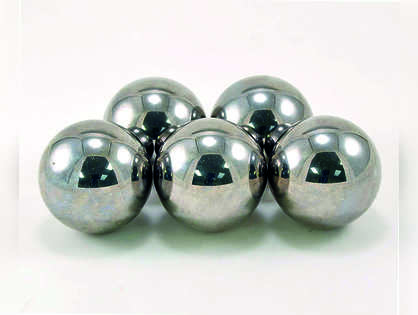
With increased focus on infrastructure development and green growth, the spend on such steel is likely to go up considerably unless domestic production capacity is increased.
The overwhelming response to the production-linked incentive (PLI) for speciality steel announced by GoI in July 2021 covered five broad product categories: coated/plated steel products, high strength/wear-resistant steel, specialty rails, alloy steel products and steel wires, and electrical steel. This, followed by the issue of guidelines in October 2021, the steel ministry had extensive consultation with stakeholders that has resulted in 79 applications from 35 companies with an investment proposal of around ₹29,530 crore. This should make 24.78 million tonnes of downstream capacity addition and generate some 55,000 jobs.
A majority of imported alloy steel used by the automobile, hydrocarbon, defence and power sectors are highly priced compared to general steel. In some cases, prices are 8-10 times of normal steel. So, in addition to the domestic market, a large market is available for export as well. Although some companies have capabilities to produce such alloy steels, the high cost of production and non-adoption of 'best available technologies' make them non-competitive in the international market. PLI support can upgrade their facilities.
The PLI category of colour-coated, zinc, zinc aluminium and zinc magnesium-coated products may see maximum expansion due to focus on infrastructure augmentation and the increased corrosion protection and high strength of these products. The demand in this category is growing at a compound annual growth rate of about 7-8%. India's per-capita consumption of such a category of steel is only around 7-8 kg against a global average of around 22 kg, and that of some countries like South Korea where it is as high as 150 kg. The demand of these steels is increasing in housing, automobile, packaging and white goods sectors. Large capacity expansion is required to avoid import.
India's rail and Metro networks are expanding fast. A record capital outlay of ₹2.4 lakh crore has been earmarked for Indian Railways in Budget 2023 covering gauge upgradation for higher speed, track renewals, laying new lines and station uplift, besides bringing Metros to more major municipal cities. All this will need steel, particularly speciality steel.
The speciality steel PLI seeks to promote serving critical needs of the economy. Working together cohesively as an industry shall strengthen GoI's 'Vocal for Local' mission. With the signing of MoU for different special steel products under PLI and setting up modern facilities by adopting best environmental technologies, India should get the push needed to find its rightful place as a global manufacturing economy.
(The writer is secretary, steel ministry, GoI)
Read More News on
(Catch all the Business News, Breaking News, Budget 2024 Events and Latest News Updates on The Economic Times.)
Subscribe to The Economic Times Prime and read the ET ePaper online.
Read More News on
(Catch all the Business News, Breaking News, Budget 2024 Events and Latest News Updates on The Economic Times.)
Subscribe to The Economic Times Prime and read the ET ePaper online.










 Get Unlimited Access to The Economic Times
Get Unlimited Access to The Economic Times
